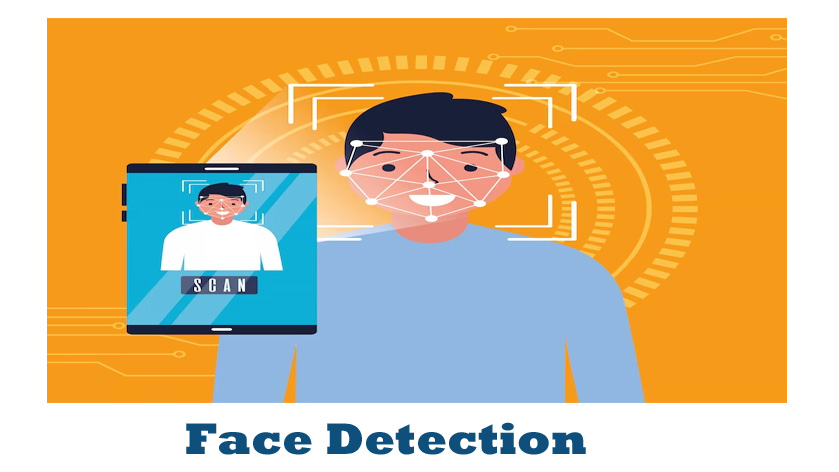Face detection is an artificial intelligence-based technology that identifies human faces in digital images or devices. It is usually used to track people in real-time. Some examples of face detection are security, social media, biometrics, and more. It uses other technologies like artificial neural networks and machine learning and plays a crucial role in face recognition to open devices, websites, and more. While analyzing the face, face detection uses facial expressions to recognize which parts of an image should be focussed to determine the age, gender, and more.
As we have seen, it works on AI, ML algorithms, and image processing to find human faces from large images. Then, differentiate them from other parts of the human body and nonliving objects. It improves its detection quality and removes all the unnecessary things from the image before detecting the face.
The eyes are first recognized in the human face, considered one of the quickest features to see. Then, they try to detect other facial features such as mouth, nose, and eyebrows. Other additional tests are carried out, and then it will confirm that the face is seen successfully. Face recognition has some of the advantages.
- It will improve the surveillance process and will help in track down criminals. And when we talk about personal security, it will the users to keep their passwords safe and leave nothing for hackers.
- Face detection will help make the identification process easier and quicker since the security process was manual in the past. And there were chances of inaccuracy and inefficiency.
The face detection process is improving daily with neural networks and deep learning. These updates are making the face recognition process more accurate. Other recognitions, such as voice recognition and fingerprints, are also being used with this for more advanced security in future.

